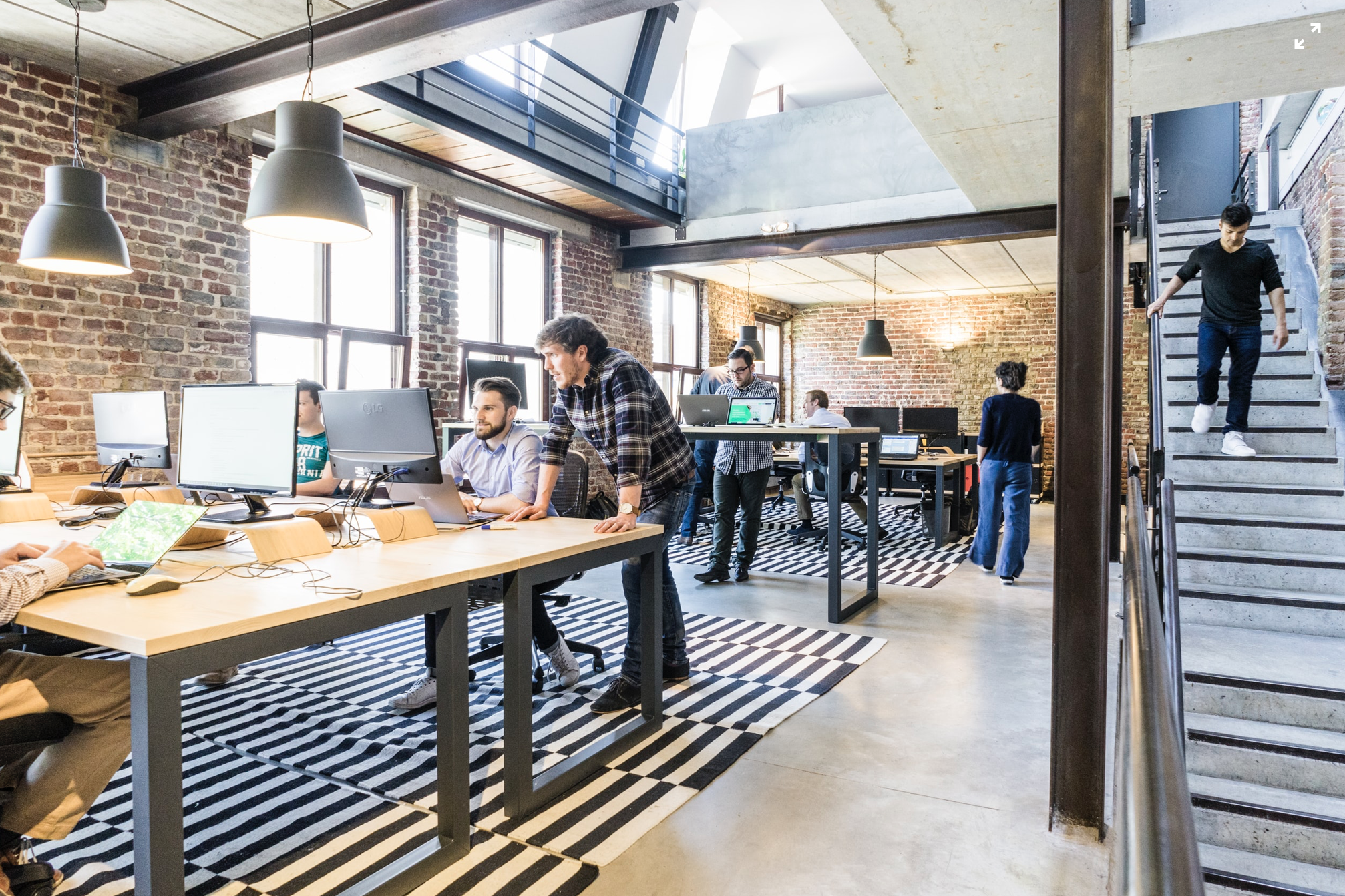The workplace of the future has arrived, and it runs on smart technologies. As office expectations continue to evolve, one of the biggest trends we’re seeing with tenants is the need for flexible and people-centric spaces that can accommodate various work styles with seamless technology integration.
Our team recently sat down with Ken Wilkinson, CEO and Founder of Layer 10 Consulting, to discuss ‘digital workspace enablement’ that aims to leverage technology to foster more collaborative, creative workplaces. Together, we unlocked valuable insight into how technology can not only support company culture and increase productivity, but also how developers can create flexible office buildings that easily adapt to future technology needs.
While there are numerous benefits to integrating technology into the workplace, cutting-edge technology is not the ultimate measure of success. The success of a smart office depends on implementing the technology in a way that creates an easy and enjoyable experience for the people who use it.
ELEMENTS, which has been on the forefront of workplace design solutions for over a decade, has partnered with DORIS, a workplace research firm, to help organizations identify how to create customized environments for their employees. This initial step paves the way for successful integration of technology. Understanding how employees will use the space gives a clear indication of what type of technology is needed in the space – and how to seamlessly incorporate it into the overall office experience.
Here are four ways that technology can deliver measurable benefits for your business:
- Connecting people
Connectivity in the workplace allows employees to make more efficient use of their time, which often leads to enhanced productivity. Implementing real-time location services to connect people within the office can answer questions like, “Where is my manager right now?” and “Which meeting room is currently available?”Integrated wayfinding technology, including digital room schedulers outside of conference rooms, flight boards in elevator lobbies, and smart kiosks can also improve the user experience of coworkers and visitors navigating the building.
- Strengthening collaboration
Smart technologies available today can take collaboration to new levels. In the office, smartboards and smart conference rooms create flexible conferencing platforms with interactive displays, providing opportunities for remote communication, enhanced interaction in meetings through file transfers and easy annotation of documents.For employees who work remotely, video conferencing and virtual meeting walls can bring them into the office, allowing them to collaborate in real-time and feel a part of the team. Additionally, tools such as virtual digital assistants and wireless content sharing can make collaboration effortless.
- Optimizing facility operations
Automation of building operations, such as climate control, lighting and secure building access enables facility operators to optimize the efficiency and effectiveness of a space. Improving facility operations can significantly decrease costs, including major savings on bills related to lighting, heating, cooling and maintenance. - Improving resource conservation
Energy conservation provides dual benefits. Not only is it good for the environment, but it also helps decrease energy costs. Connected workplace technologies can collect data to provide tenants with a snapshot of their energy usage and identify opportunities for reducing consumption by using alternate energy sources.
The goal for every smart office is an optimized experience for employees, meaning there is no one-size-fits-all solution. Every company’s distinct culture and business objectives dictate the type of technology solutions needed for success.
Ready to find a space that can take your company to the next level? We’re here to help you find the right workplace with the resources you need to create a smart office environment.


